Divine Evening of Music and Dance at ‘Shakti Mahapith’ Kamakshya’
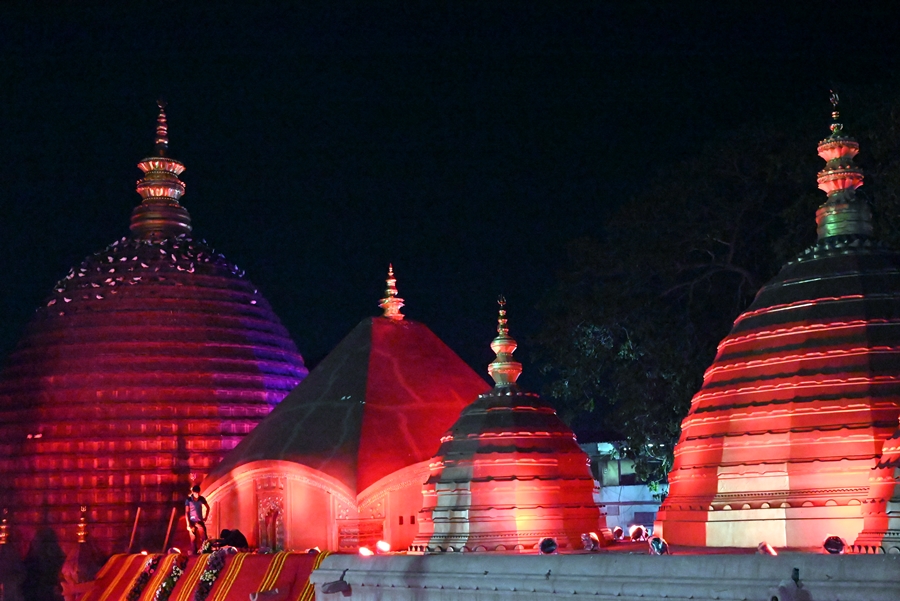
The time was just evening, the place was the courtyard of Shakti Mahapith Kamakshya, and the air was filled with the Shabda Brahma created by Pandit Ram Kumar Mallick and his team. Pandit Mallick ji, a Padmashree awardee for his contribution to the Darbhanga Gharana of Dhrupad, orchestrated the musical tapestry. The architect of that great moment was Sangeet Natak Akademi, which initiated a festival of Music and Dance titled ‘Shakti’, set to resonate across all the Shaktipiths of India. This was the inaugural event of this series.
Listening to Dhrupad by Mallick Ji live is a rare artistic experience, and Sangeet Natak Akademi receives heartfelt gratitude from the audience for curating such a program in Guwahati. Dhrupad, a genre of Indian classical music, is practiced by a select few artists, and public recitals are comparably infrequent. Pandit Ram Kumar Mallick, renowned in this field, is one of the prime representatives of the Darbhanga Gharana. In this concert, he was accompanied by Dr. Samit Kumar Mallick on vocal and Mr. Rishi Shankar Upadhay on Pakhwaj.
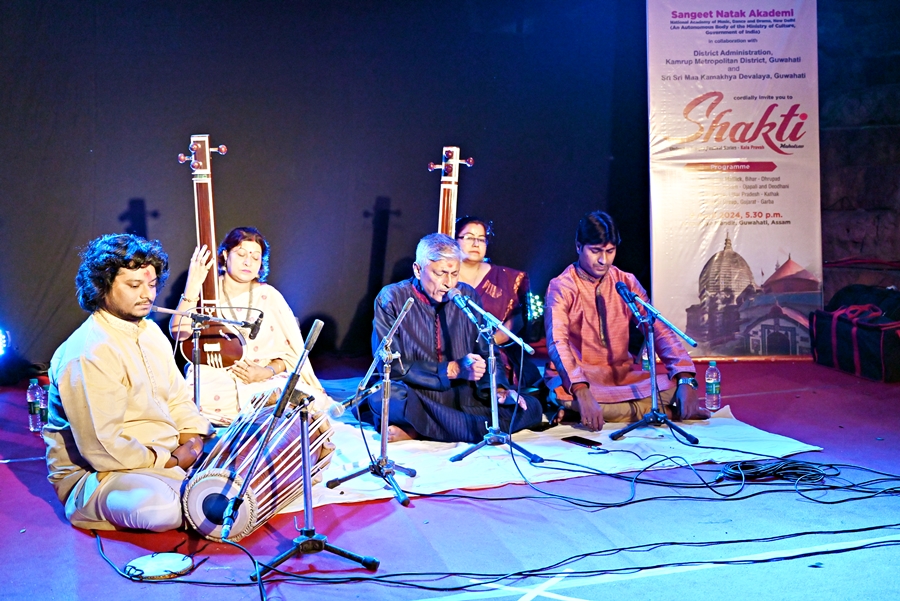
Pandit Ram Kumar Mallick
In this concert, Pandit Mallick performed Aalap and Chautal in Raag Yaman and a Durga Vandana ‘Jaya Mangala Sarba Mangal Kar Nihari’. His baritone voice, infused with the ritualistic sensitivity of prayer, transcended the earthly realm, captivating the audience. The melodious utilization of Gauhar Vani and Khandar Vani was evident in his singing. Alongside his gorgeous vocal delivery, the harmonious blend of detailed Aalap, Meed, Gamak, intricate rhythmic patterns, clear pronunciation of Bandish’s verses, and other layakari, made his recital an extraordinary auditory experience. His rendition of Durga Vandana paid homage to the Shaktipith, his voice echoing the strength and aesthetic beauty akin to a philosophical interpretation of a forceful waterfall on a hill, retaining its melodious appeal even after it falls on the ground. Pandit Ram Kumar Mallick’s performance elevated the recital into a spiritual pilgrimage through resonant melodies.
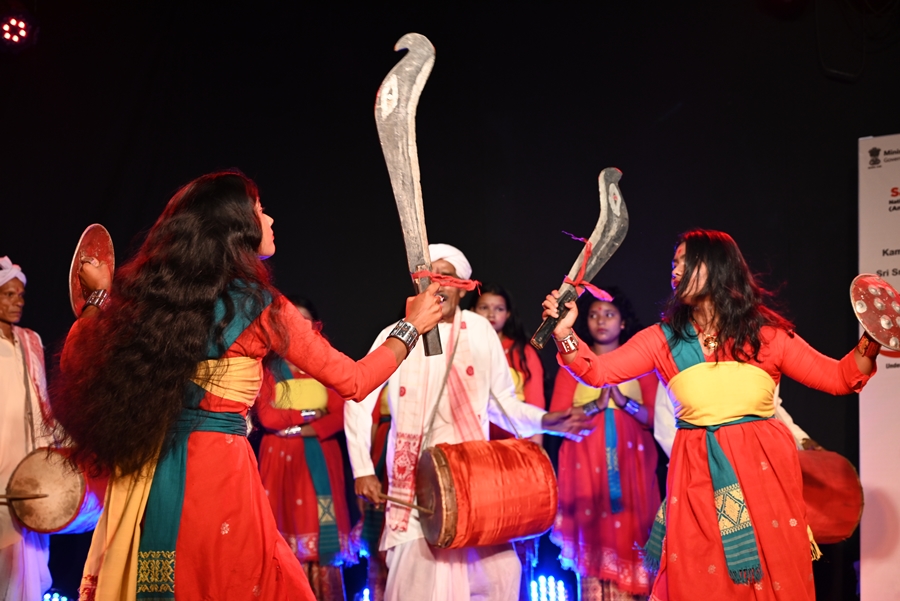
Another significant performance was Suknanni Ozapali (a traditional religious song from Assam with rhythmic body movements resembling dance) and Deodhani Nritya by Drona Bhuyan and his ensemble. Drona Bhuyan, a leading artist of Ozapali and Deodhani, was honoured with the Padmashree by Govt of India. The presentation comprised Ozapali, involving singing, and Deodhani Dance, with Bhuyan playing the lead role in both performances as a singer and drum player in the dance. The team’s performance paid tribute to Shakti through song and dance, resonating with the energetic beats of traditional drums, dynamic movements with war-fighting props, and spirited choreography, crafting a soul-stirring reverence to the Devipeeth, the eternal Shakti.
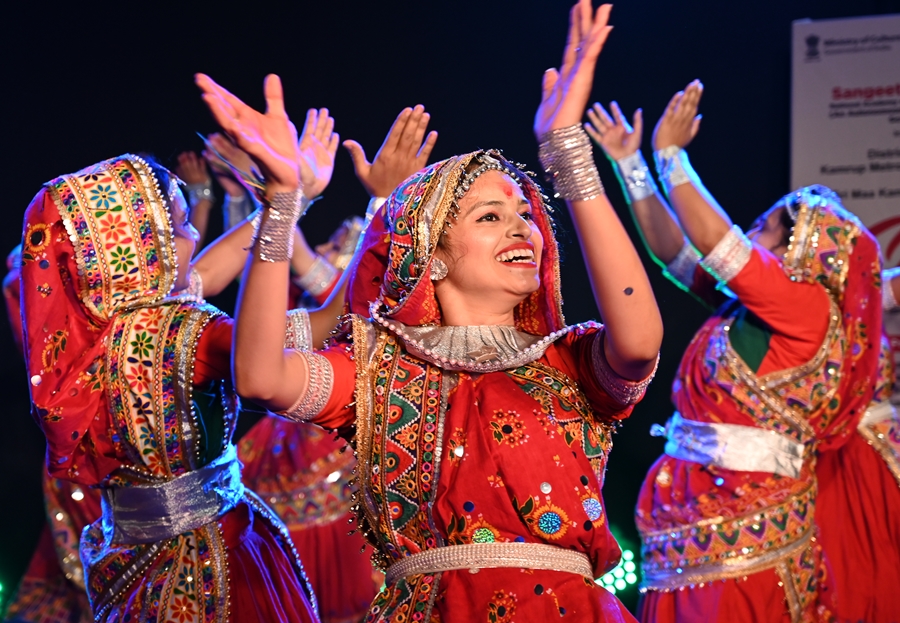
Two other performances in the evening included the Kathak Dance by Dr. Ruchi Khare and her team and Garva Dance by the Sanskar Group of Bhabnagar.
In closing, as an enthusiast of music and dance, I fervently urge Sangeet Natak Akademi to arrange another enchanting concert featuring Rudra Veena in this sacred Shaktipith.
Photo UTAPL DATTA
https://www.facebook.com/watch/live/?ref=search&v=795010365395664



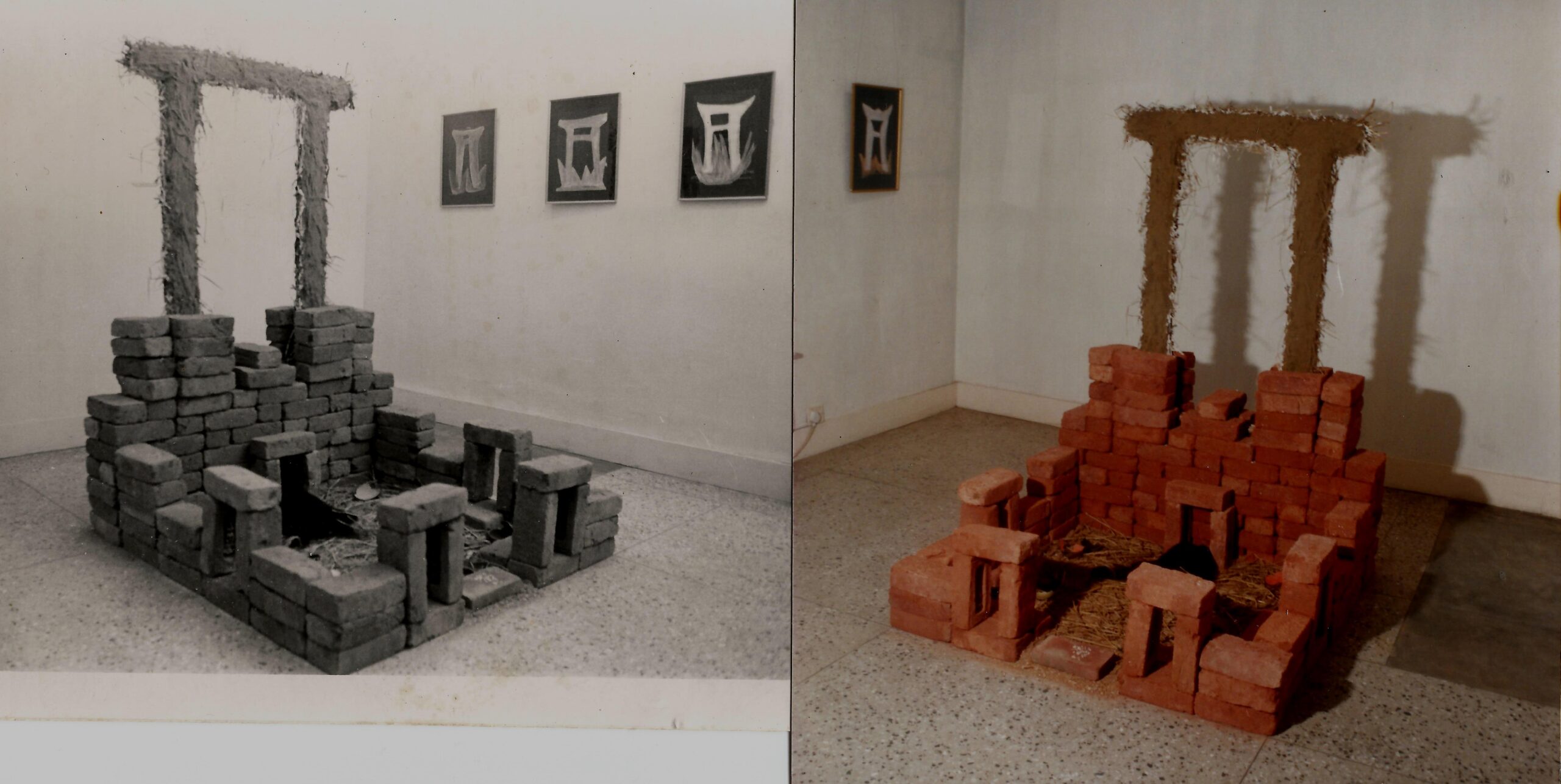
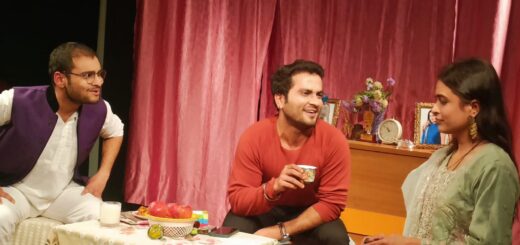


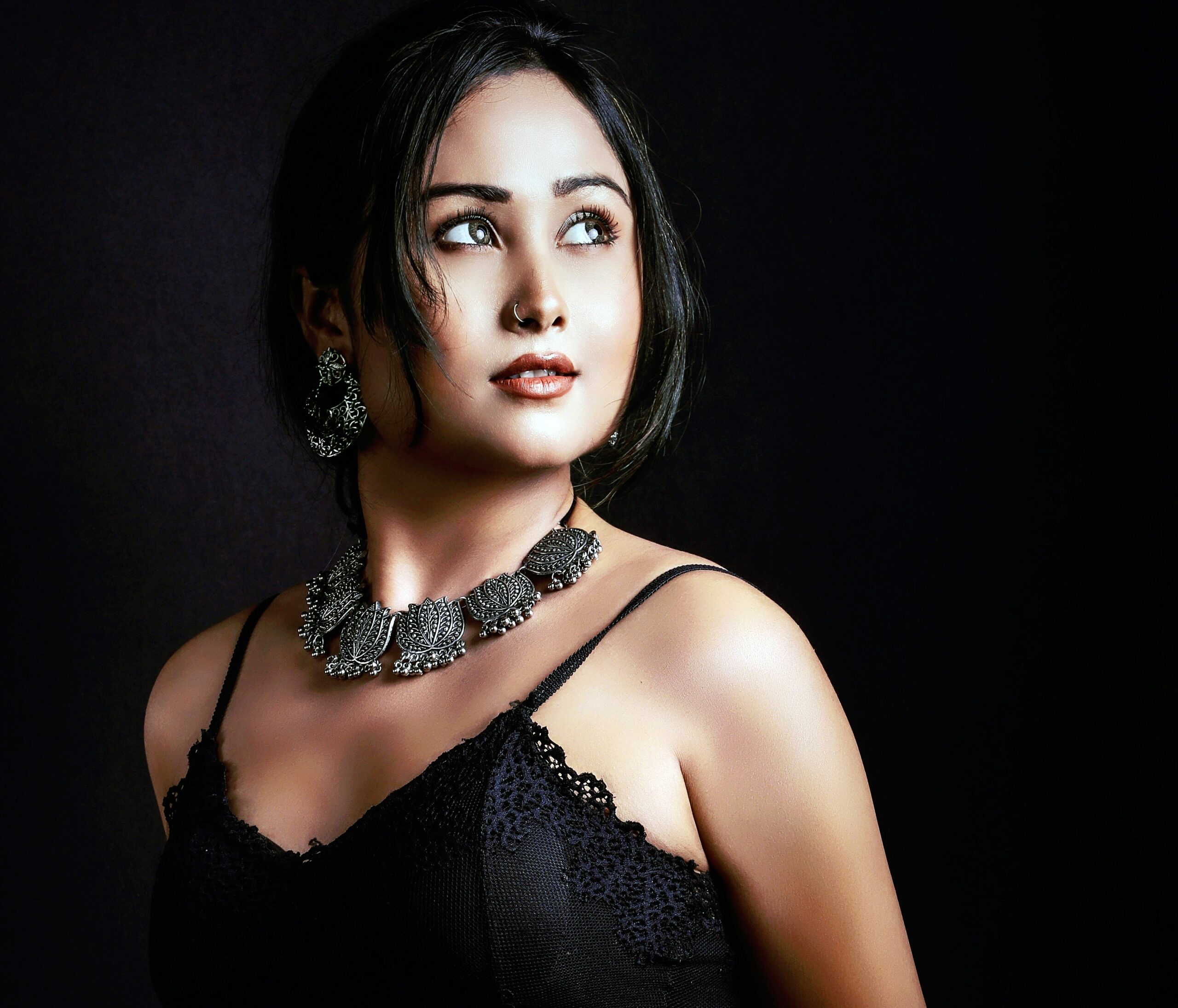


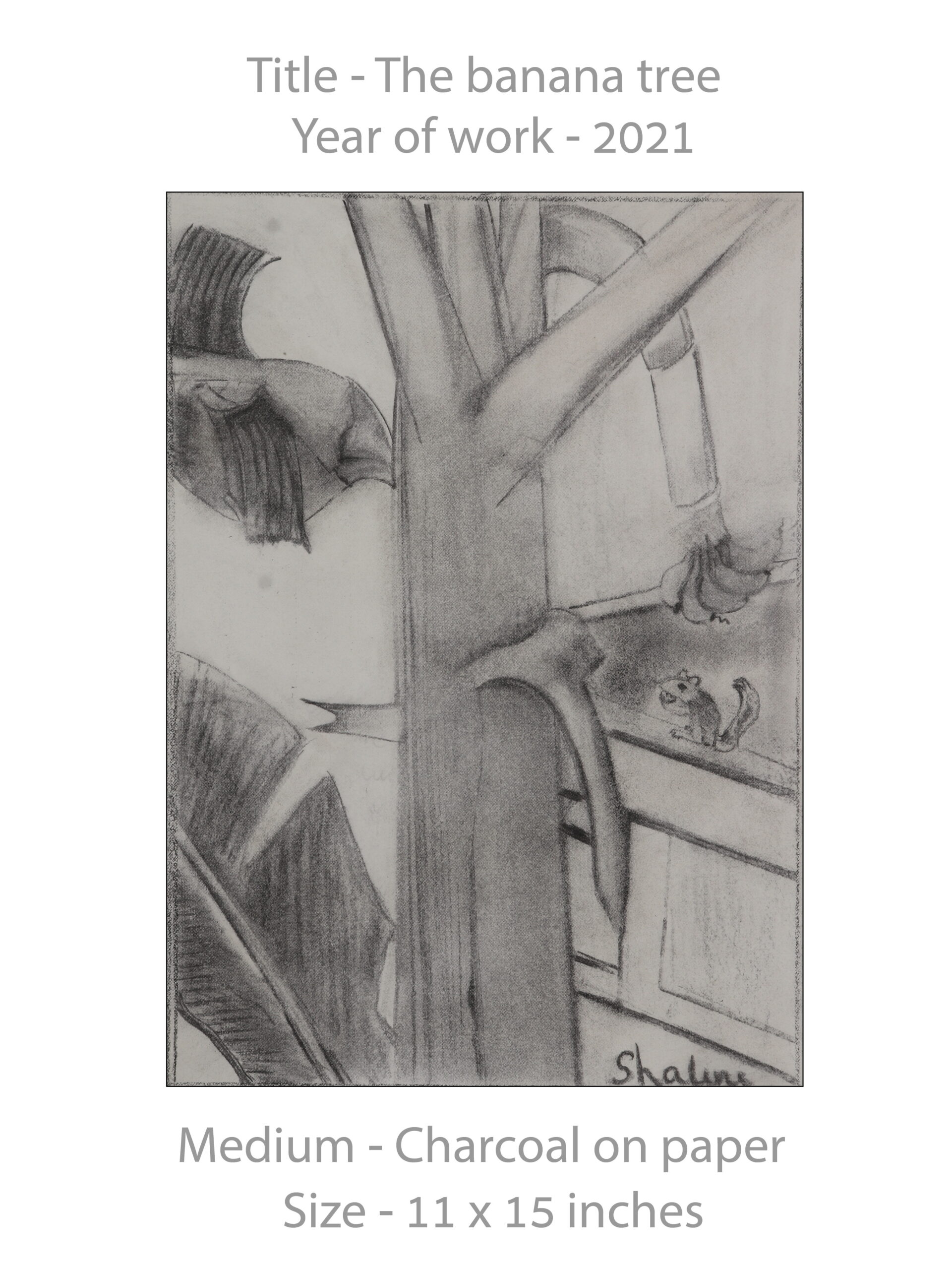
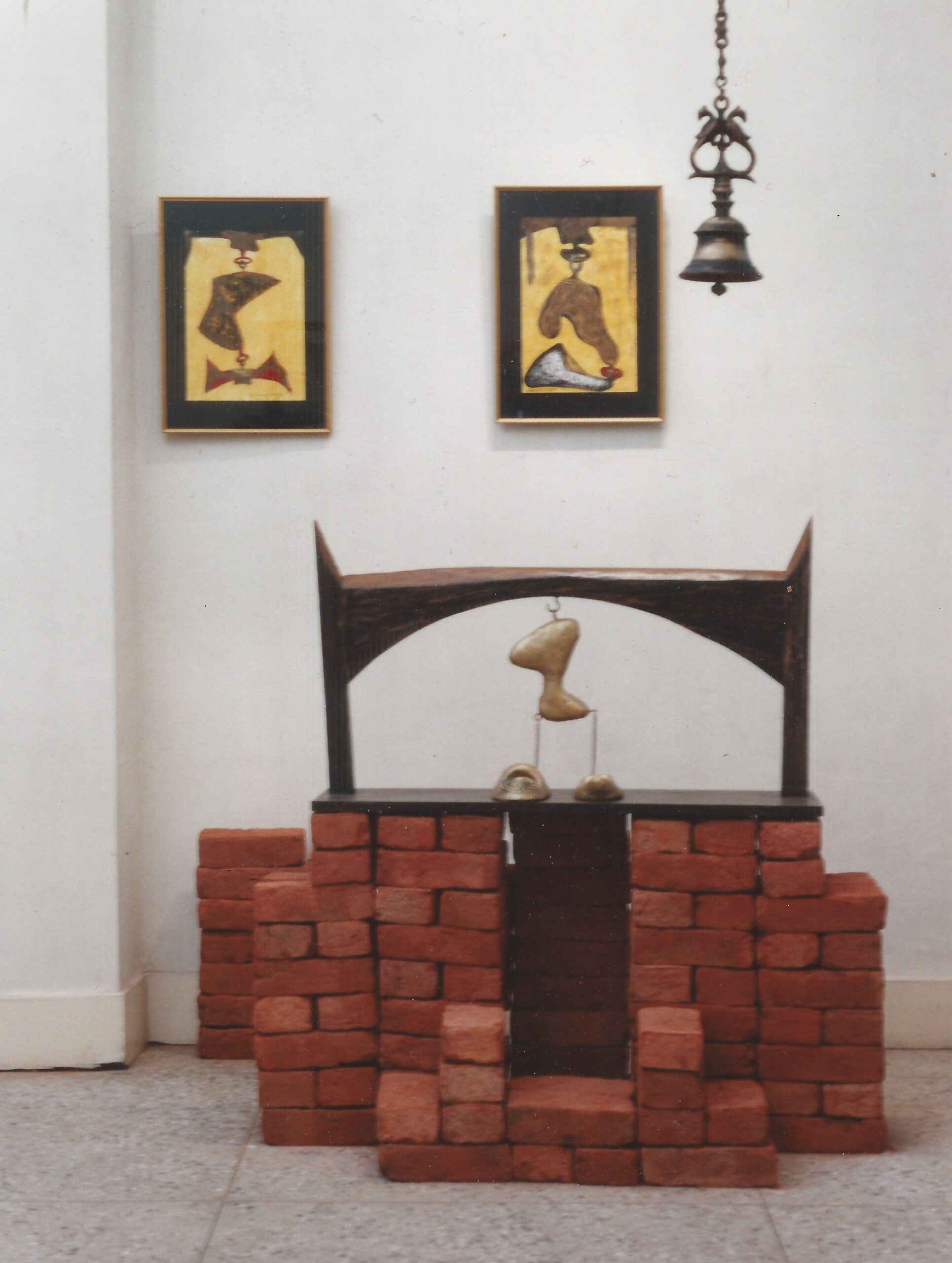
MAASri Devi Kaamaakhya blessed me twice with Her Divine Darsan in the past during my professional visits to Meghalaya.
I loved both the visits because of the sanctity and piety attached to this Mahaa-Sakti Peetham as also its spectacular and enchanting environment.
Dhrupad Sangeet is sung in praise of Lord Sri Mahaa-Deva Siva while Laasya is what Sri Maa loves.
A presentation covering both listening and visual pleasures through the programme under review is a glorious scheme of things worshipping the Universal Parents in these two specific forms. Delighted to know.